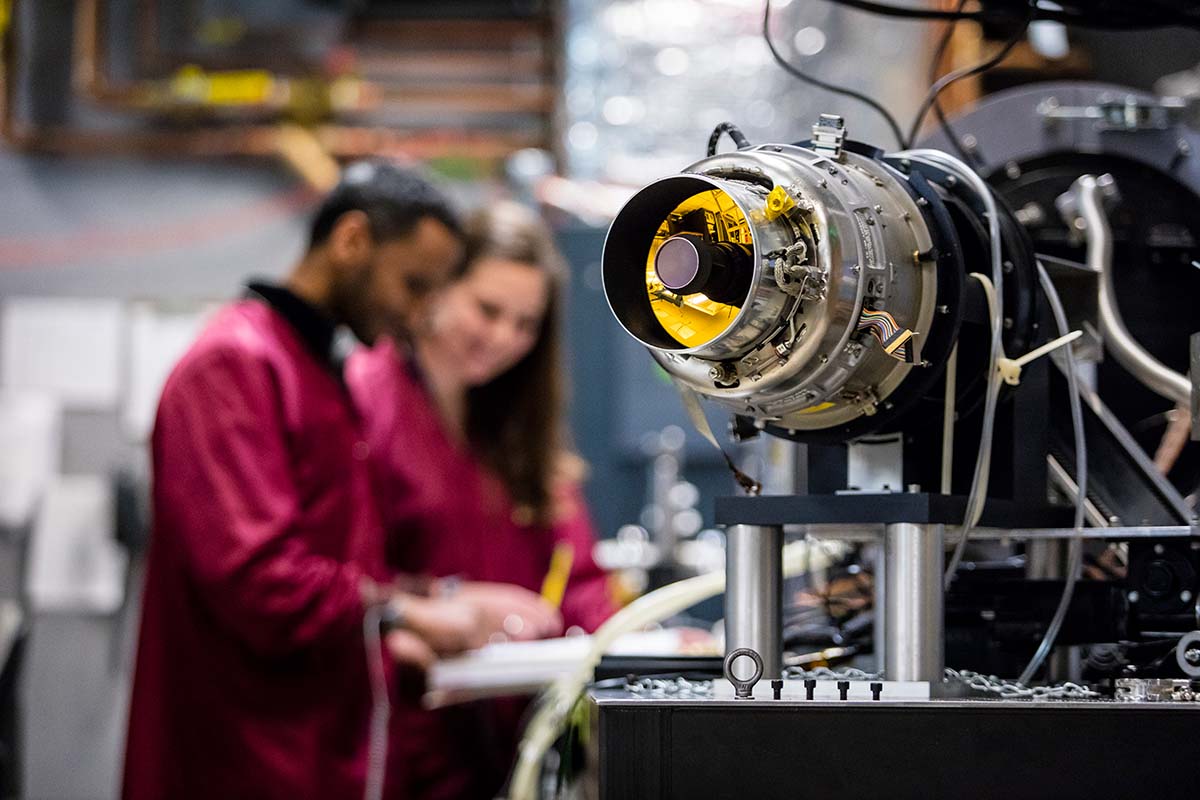
Air and Missile Defense
World-class expertise in protecting the nation and our allies from air and missile threats
Johns Hopkins APL has been instrumental in developing advanced capabilities to defend our forces and allies against aircraft and missile threats. Our world-class expertise in air and missile defense began to take shape with the development of the radio proximity fuze in World War II. Since then, we have continued to respond to emerging and evolving threats through innovative, effective, and affordable air and missile defense solutions. We apply our expertise to make current systems more effective, and we have adapted several technologies for new missions and developed novel technologies for future implementation.
Related Projects
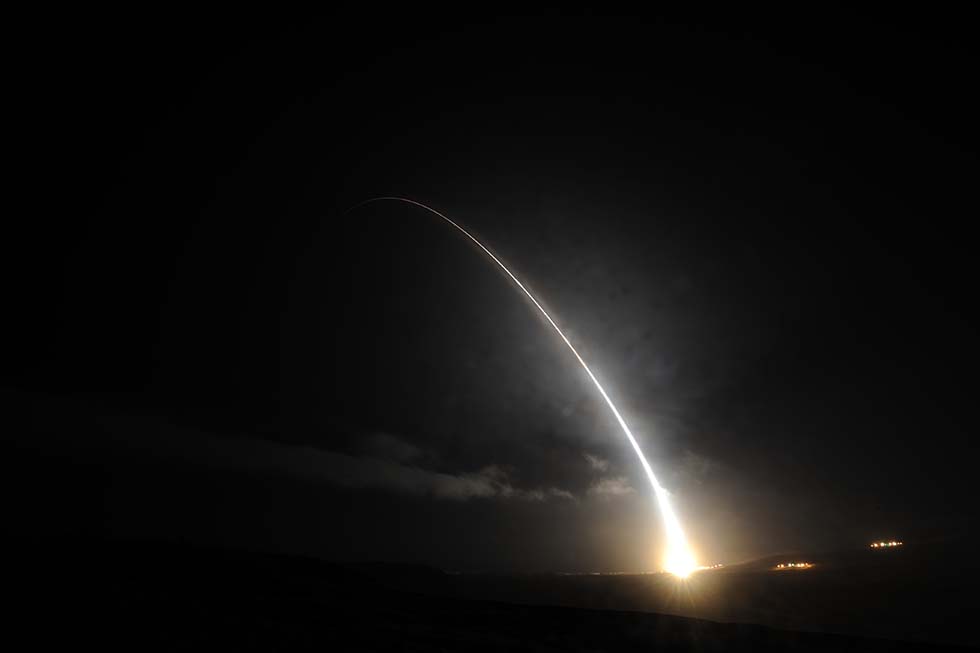
Dynamic Simulation
With the clock ticking down to the first Minuteman III test flight to feature a miniature analog translator (MAT)—developed and built by APL to replace the obsolete full signal translator (FST) used for real-time range tracking and GPS signal data on prior test flights—qualification tests identified a need to change a configuration file in the MAT ground equipment.

Golden Horde
Achieving networked, collaborative offensive weapons systems that will learn from their environment and autonomously work together to defeat integrated air and missile defenses.

Ground-Based Strategic Deterrent
APL has a significant evaluation role in the Air Force program to replace the aging Minuteman III system.
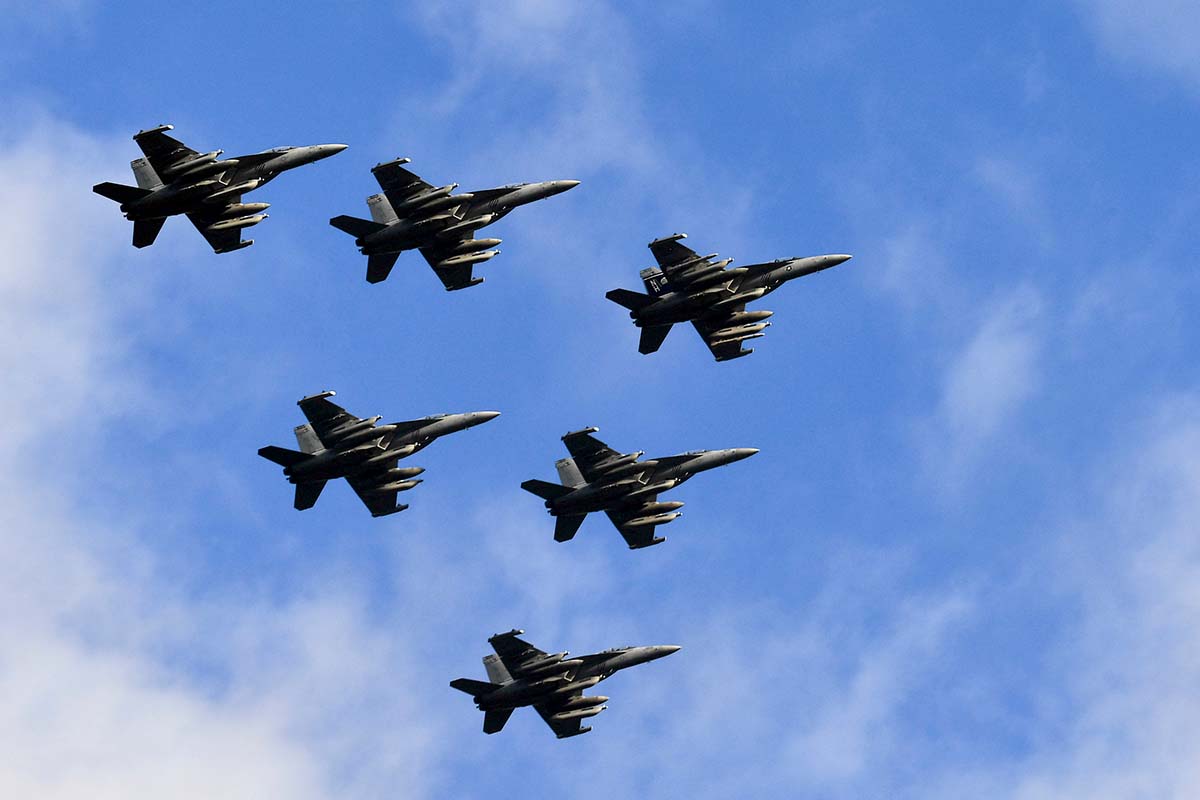
Modeling Warfighter Decision-Making
Working with technical consultants and the Navy fighter aircraft community, we created a pilot-behavior model for air-to-air combat.
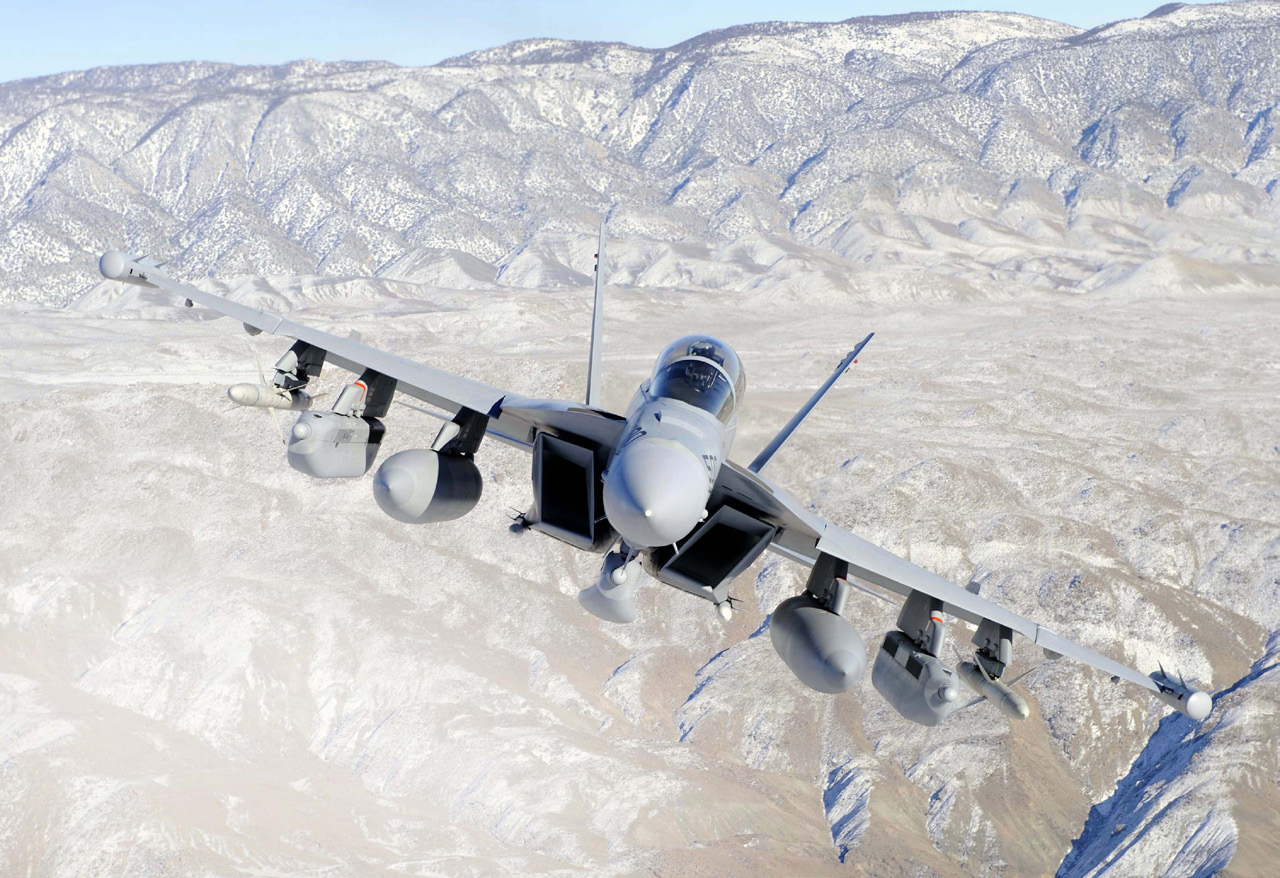
Next Generation Jammer
We have been part of the NGJ team since initial concept development in 2001—playing a key role in the evolution of this initiative to equip warfighters of all services with state-of-the-art technology to address emerging electronic warfare gaps.
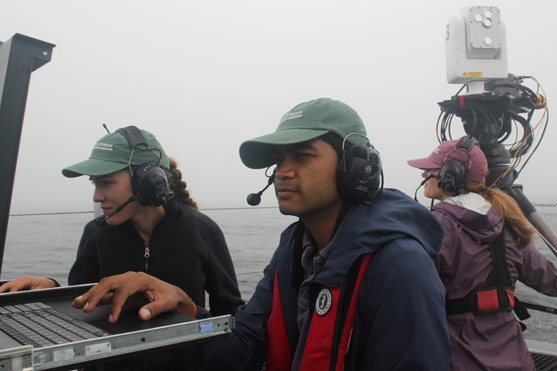
Optical Communications at Sea
We successfully demonstrated a high-bandwidth free-space optical (FSO) communications system between two moving ships, proving operational utility of FSO technology in the maritime environment.

Rapid Prototyping for Launcher Training
We improved on training aids by rapidly and cost-effectively prototyping an interactive pressurization valve for missile tube launcher training.
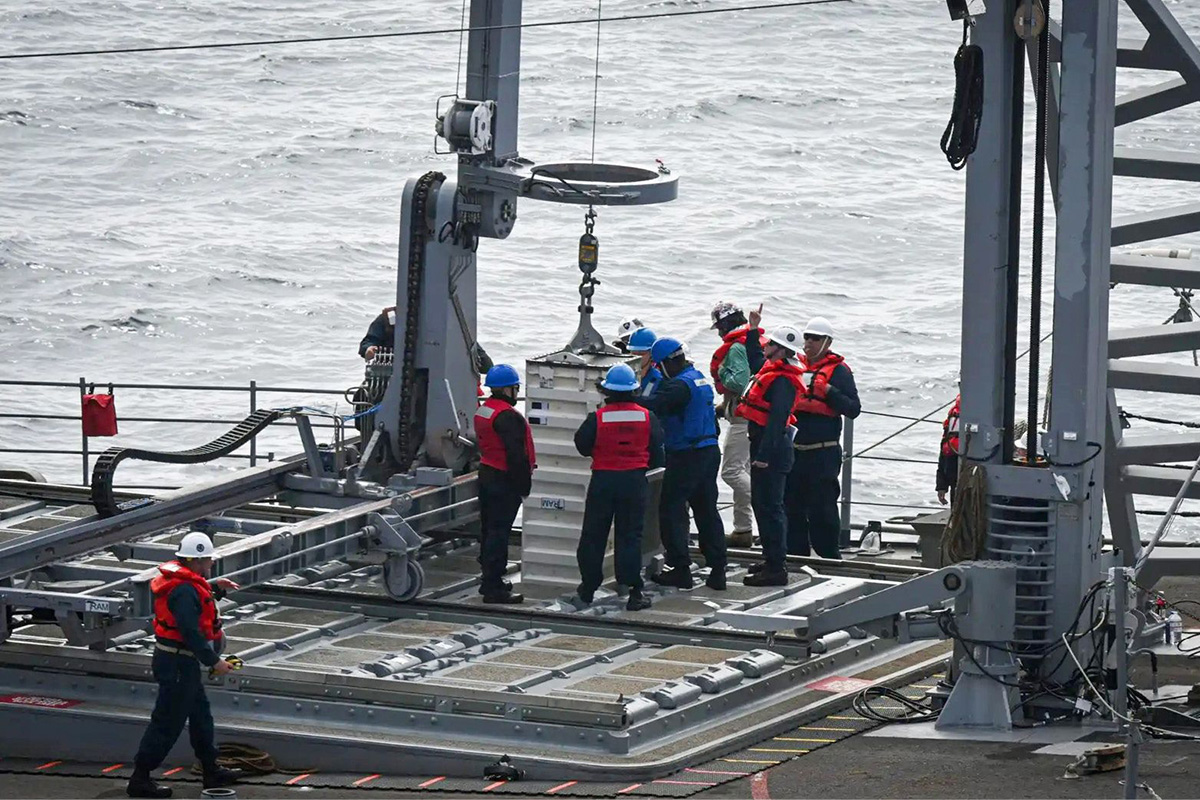
Reloading Vertical Launching Systems at Sea
APL is addressing one of the Navy’s most persistent logistical challenges: reloading vertical launching systems at sea.
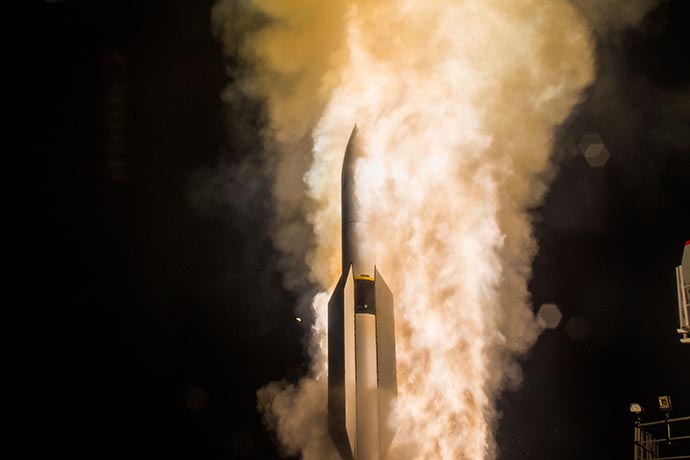
Standard Missile-3: The Next Generation
APL led key “end-to-end” system-level performance analysis in collaboration with the government–industry team for the SM-3 Block IIA missile, cooperatively developed by the United States and Japan.
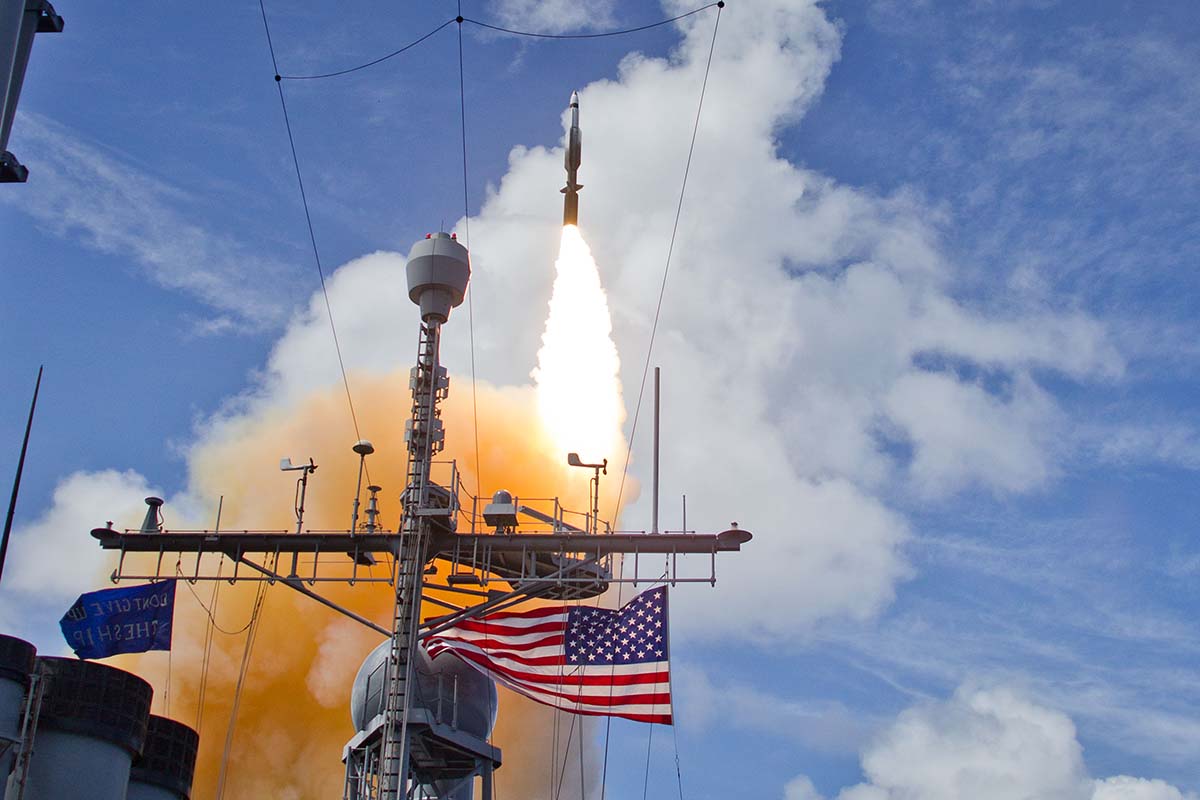
Test Target Prototyping
A cross-APL team of engineers, working with the Missile Defense Agency’s (MDA) Target and Countermeasures Directorate and other government and industry partners, develops cost-effective solutions for MDA to support live-fire testing of interceptors, sensors, and fire control systems.

Testing Air and Missile Defense Radar
APL teamed with industry and the Above Water Sensors Directorate of Program Executive Office Integrated Warfare Systems on two successful tests of the AN/SPY-6(V), a wideband digital beam-forming sensor known as the Air and Missile Defense Radar.
Related News

Press Release
Nov 24, 2025
Stadter Named Mission Area Executive for Theater Defense at Johns Hopkins APL
Patrick Stadter has been appointed mission area executive for Theater Defense within the Air and Missile Defense Sector at APL. In this role, Stadter will lead efforts to deliver innovative solutions that strengthen the nation’s air and missile defense capabilities. His extensive experience in aerospace systems and national security will be pivotal in guiding the Laboratory’s teams currently developing technologies that help protect U.S. and allied forces from increasingly complex regional threats in theaters across the globe.

Press Release
Sep 8, 2025
Mara Named Head of Force Projection Sector at Johns Hopkins APL
Andrew Mara has been named head of the Force Projection Sector at APL. Mara joined APL in 2023 as the head of the National Security Analysis Department, where he led the development of advanced technical capabilities to enable high-impact analyses of strategic challenges.

Press Release
Jul 15, 2025
Giare Named Head of Johns Hopkins APL’s Air and Missile Defense Sector
Vishal Giare has been appointed head of APL’s Air and Missile Defense Sector, where he will lead APL’s efforts to advance the nation’s ability to defend our homeland, deployed forces, allies and partners against increasingly complex adversary threats.

Press Release
Jun 18, 2025
USNORTHCOM Commander’s Visit Spotlights Johns Hopkins APL’s Proactive Role in Homeland Defense
Gen. Gregory Guillot, Commander, North American Aerospace Defense Command and U.S. Northern Command, saw firsthand how APL’s advanced technologies and cross-agency expertise support emerging national security priorities, including integrated air and missile defense, multidomain awareness and counter-drone operations.

Press Release
Jun 3, 2025
Gen. Glen D. VanHerck Joins Johns Hopkins APL as Senior Advisor
Air Force Gen. Glen D. VanHerck, retired, has joined APL as senior advisor focused on homeland defense. VanHerck brings extensive leadership experience in defense and national security, having previously served as commander of the North American Aerospace Defense Command and U.S. Northern Command.